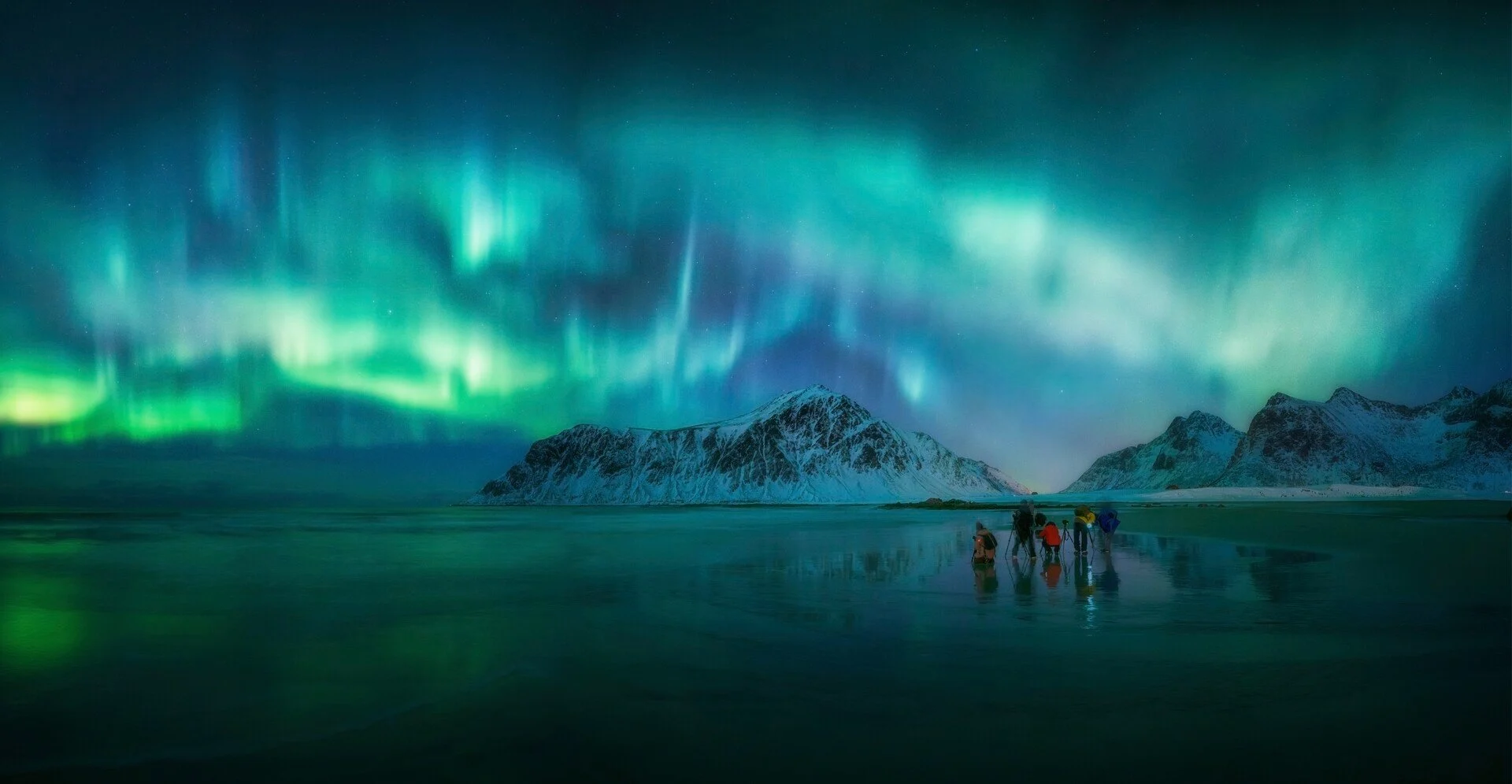
Solar Maximize your chances of seeing the Northern Lights
Scientists predict the Solar Maximum in 2024-25 will result in the most frequent and impressive Northern Lights displays in more than a decade.
Why the Solar Maximum matters
The Solar Maximum, which occurs approximately halfway through the Solar Cycle, produces “dramatically more” auroral displays to light up the night sky, says Darren Baskill, a physics and astronomy lecturer at Sussex University. “We're now approaching the maximum, so I'd expect high levels and basically every few days seeing aurora. Whereas five years ago, you might have to wait weeks to see anything.”
We have been in Solar Cycle 25 since December 2019, so we’re approaching the Solar Maximum halfway point. Around this time, we can expect three to five years of more-intense solar activity and, it follows, more spectacular auroral displays.
So you’re more likely to see a vibrant, dynamic display, and perhaps even those rare red, pink and purple hues.
It’s great news for anyone considering a Northern Lights cruise in 2024-25. There won’t be a better time to see the Northern Lights for at least another 11 years.

What is the Solar Maximum?
“Over the course of 11 years, [the approximate length of a Solar Cycle], the magnetic field between the Sun’s northern and southern hemispheres winds up until it becomes so dense that the hemispheres flip. The north hemisphere becomes the south and vice versa,” explains Baskill.
This flipping point marks the Solar Maximum. It’s associated with a greater number of sunspots observable on the surface of the Sun. By contrast, the Solar Minimum, which marks the beginning and end of each Solar Cycle, has fewer sunspots.
Chain reaction: sunspots, solar wind, and the Northern Lights
Sunspots are evidence of particularly active areas on the Sun’s surface. Think of them as “enormous burps” of electrically charged particles, says Baskill. When these streams of particles, known as the solar wind, head in our direction, they are channeled by the Earth’s magnetic field to the North and South poles where they collide with the Earth's upper atmosphere, making it glow.
The more sunspots there are, the stronger the solar wind, and the more active and vibrant the Northern Lights are likely to be.

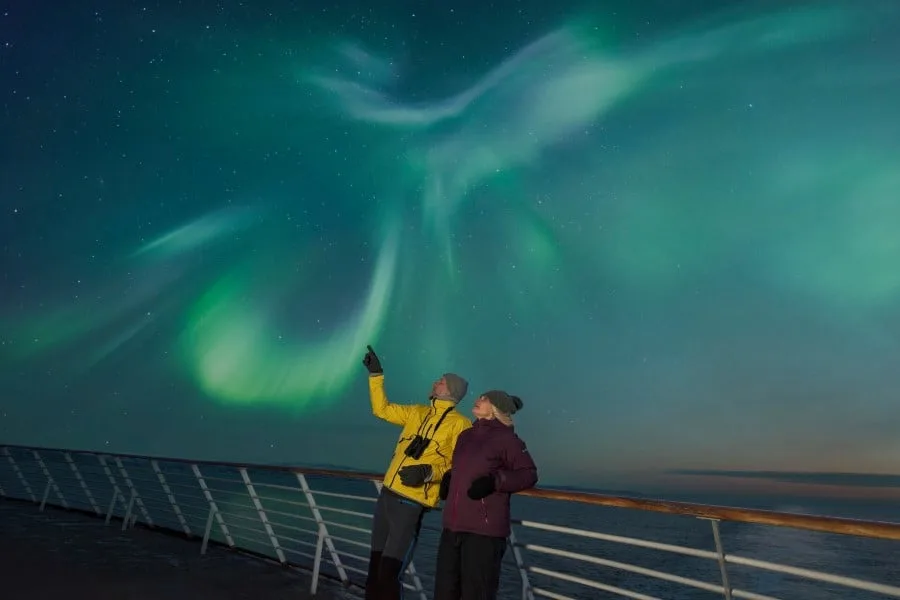
Rainclouds vs. solar flares
Unlike the Solar Maximum, cloud cover is difficult to forecast accurately. But your chances of cloud-free skies are better on a cruise, says physicist and astronomer Dr John Mason.
“You can never guarantee there will be a clear sky but at least on a Hurtigruten voyage, the ship is traveling 12 to 14 knots, so the weather changes often. This means, even if it’s cloudy in one area, the ship will often move on to clear patches of sky, providing many more opportunities to see the Northern Lights.”
Maximise the Solar Maximum
As well as planning a cruise to see the Northern Lights during the 2024-25 Solar Maximum, there are other steps you can take to increase your chances of catching an auroral display. The time of day, the time of year, your location, and the lunar cycle all have an impact – and they’re easy to plan around.
Sail with us between September and March when the skies are darkest. Northern Norway is directly beneath the Auroral Oval and is consistently ranked as one of the best places in the world for seeing the aurora borealis.
Keep your evenings free for sky gazing. The aurora is most likely to make an appearance between 5 p.m. and 2 a.m. From out on the ship’s deck, you might even see the Northern Lights filling the entire night sky rather than simply glowing on the horizon.
If you can, plan your Northern Lights cruise to coincide with a new moon; the brightness of a full moon can make the Lights seem dimmer by comparison.
Avoid light pollution. Places with wide-open skies and no light pollution are best for seeing the Northern Lights. A cruise is perfect. At sea, light pollution is minimal to non-existent, and the Arctic skies are unobstructed and huge.
Take advantage of our Northern Lights Promise. If the Northern Lights don’t make an appearance during your Northern Lights voyage of 11 days or more, you’ll get another 6- or 7-day voyage for free.
Our Northern Lights cruises
- Multiple offers
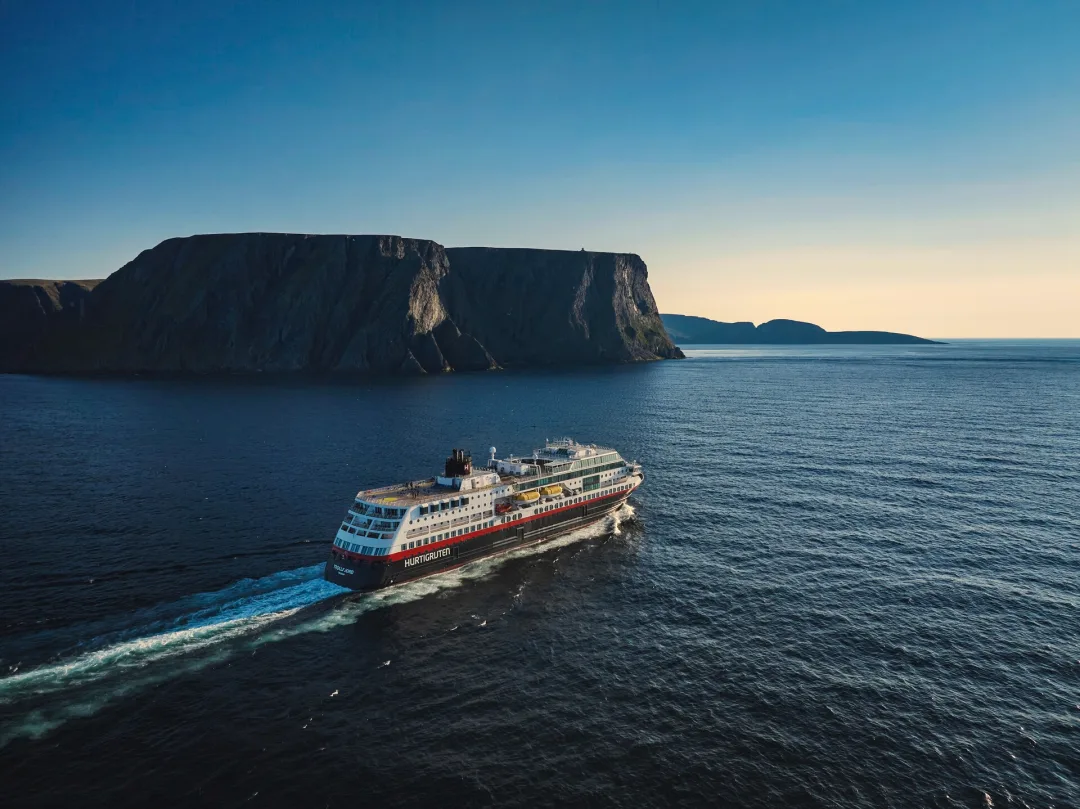
The North Cape Express: Full Voyage | Bergen to Oslo
Route
Bergen – Honningsvåg – Oslo (Roundtrip)
Departure Dates
December - April - 14 days
Price from $3,283
$2,976
Ship
MSTrollfjord
- Multiple offers
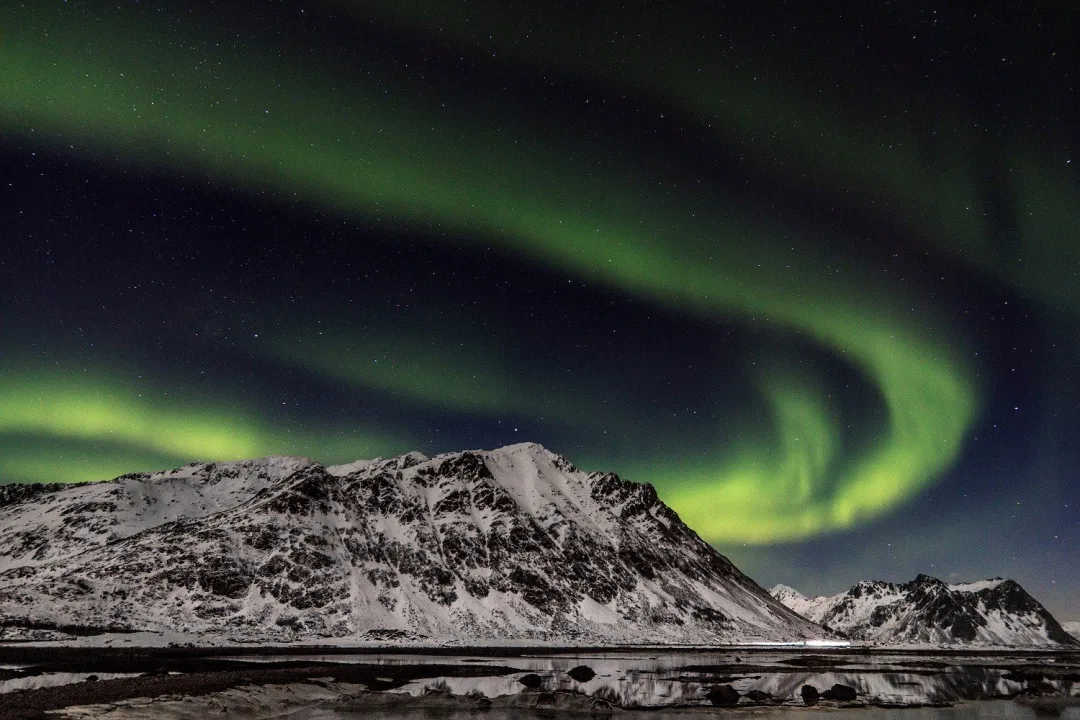
The North Cape Express: Full Voyage | Oslo to Bergen
Route
Oslo – Honningsvåg – Bergen (Roundtrip)
Departure Dates
December - May - 14 days
Price from $3,389
$3,071
Ship
MSTrollfjord
- Up to 10% off
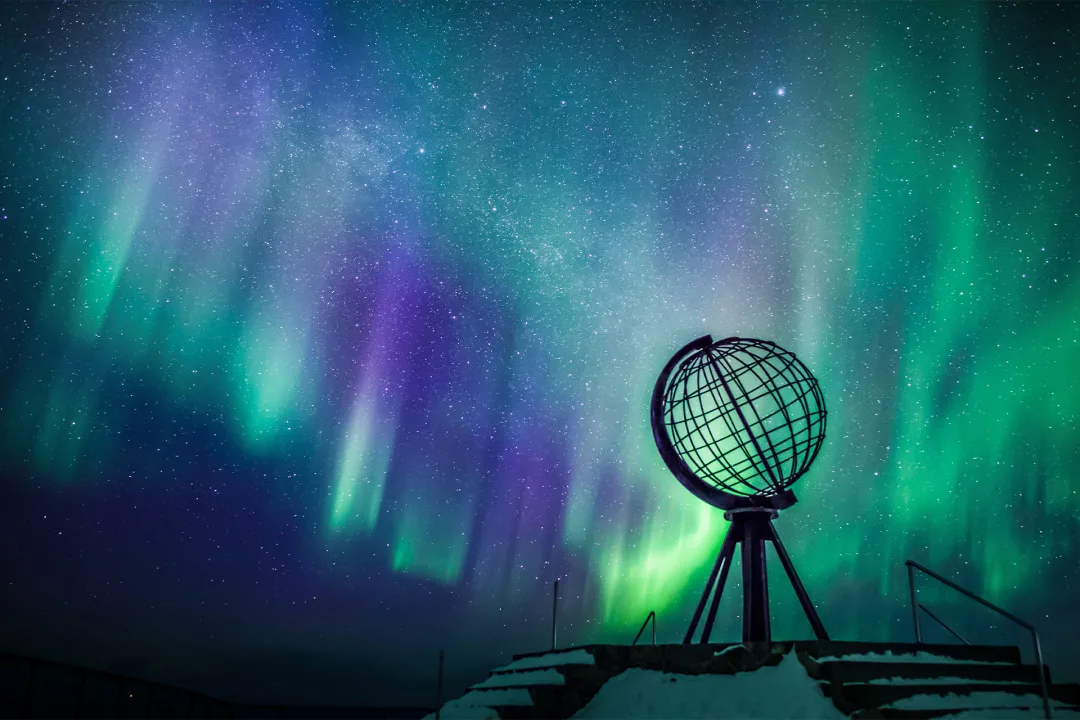
The North Cape Express: Full Voyage | Oslo Roundtrip | 2025-2026
Route
Oslo - North Cape - Oslo (Roundtrip)
Departure Dates
September - April - 15 days
Price from $3,707
$3,336
Ship
MSTrollfjord